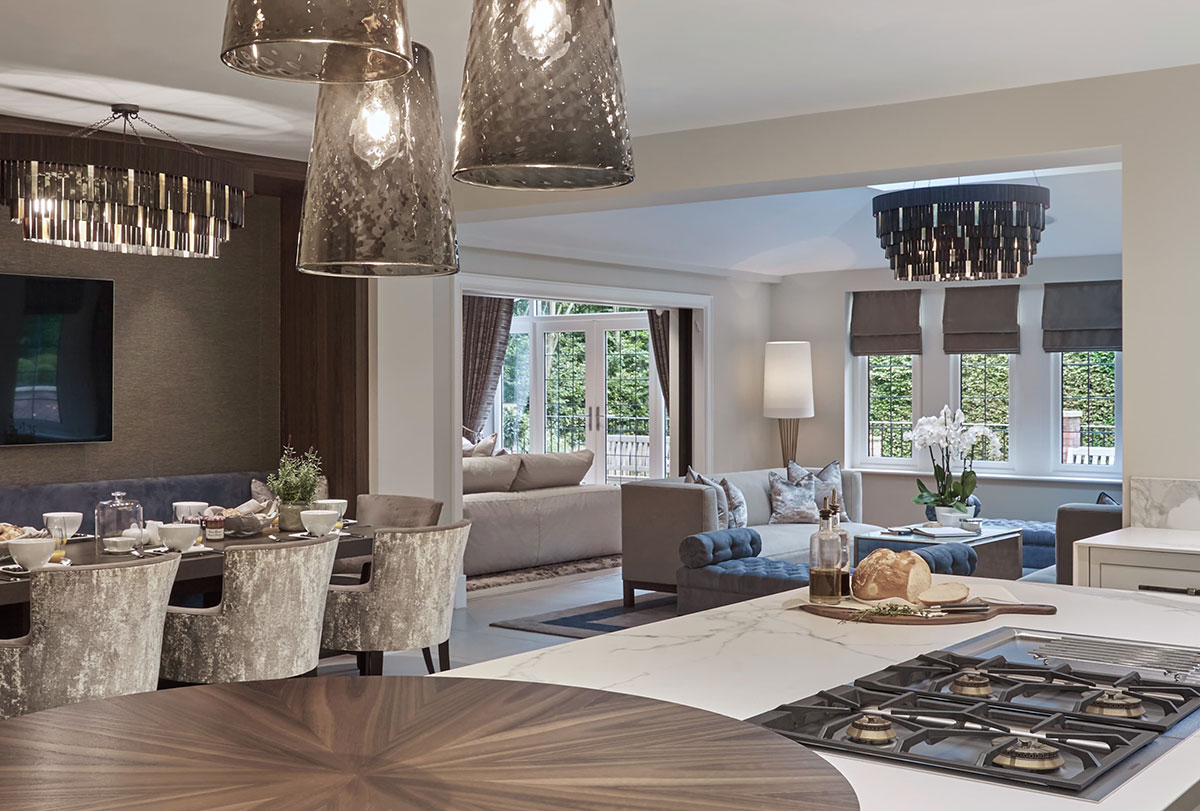
Minimalist interior design isn’t just a style; it’s a way of life. Minimalism is based on simple shapes, clean lines, and purposeful design. It encourages us to appreciate space, light, and usefulness. Minimalist interiors bring peace, clarity, and balance to a world full of noise and clutter.
The idea behind minimalist interior design is “less is more.” It takes away all the extra decorations and furniture, leaving only the most important parts of a room. The style puts a lot of emphasis on:
The core of a modern minimalist decor is simplicity. Every aspect should have purpose. Whether it’s a streamlined sofa or a shag rug, each element helps bring a sense of balance to the space.
Clutter disrupts visual flow and can disturb mental wellness. Minimalist spaces often use incorporated storage—built-in cabinetry, shelves that don’t look like shelves, and multifunctional furniture allow for a “free from unnecessary things” feeling.
While some methods for minimalism lean into color, a lot of minimalist designers prefer to use neutrals—whites, greys, beiges, and blacks to create a calming environment which is essential for a minimal design style. You can add subtle hints of color for warmth and contrast.
Structures with things like wood, stone, linen, and metal allow you to add texture and warmth to your space without overwhelming it. Opt for large windows, large mirrors, and open floor plans to maximize the use of natural light.
A clutter-free space promotes mental clarity and helps improve concentration, making minimalist design ideal for both homes and offices.
Let’s be honest, the fewer things to clean and maintain, the easier it is to keep clean. In urban areas, it’s not that people don’t want to clean their homes, just that maintaining a complete home can be a big challenge with limited time.
Unlike trendy designs, a minimalist interior design is timeless. It will not be out of style in a year, so there is less of a tendency to want to change or update the spaces to stay “in style”.
A minimalist home decor fosters mindful consumption. In other words, we buy less, but of better quality and longer life expectancy which leads to less waste and living more sustainably
A minimalist space need not be sterile or cold. Warmth and a sense of personality can be added in a minimalist interior design through textures, lighting, and nature.
White is easy to go to for a clean space, but too much white can create a very cold living environment. Balancing the high amount of white through warm woods or soft textiles is important.
Design for minimalist interiors must remain practical. The details we include must be purposeful and add to ease of use of the space.
Minimalist interior spaces need not lack some form of personality. Every home should contain one or two objects, art pieces, or books of some meaning to the resident.
Indian houses are typically mixed with cultural richness and modern design. Here’s how to apply minimalism within an Indian context for modern minimalist decor.
Minimalism in interior design is an art of living. It is about living peacefully in calm, functional, and beautiful spaces to build your future. Whether applying it to a room or your entire home, a minimalist approach is about living purposefully – and with less.
3 Comments
[…] The Art of Minimalist Interior Design […]
Admiring the hard work you put into your website and in depth information you present. It’s great to come across a blog every once in a while that isn’t the same old rehashed information. Excellent read! I’ve saved your site and I’m including your RSS feeds to my Google account.
[…] A minimalist interior focuses on clean lines and empty spaces. It includes a few standout pieces that reflect your story and make the space uniquely yours. […]